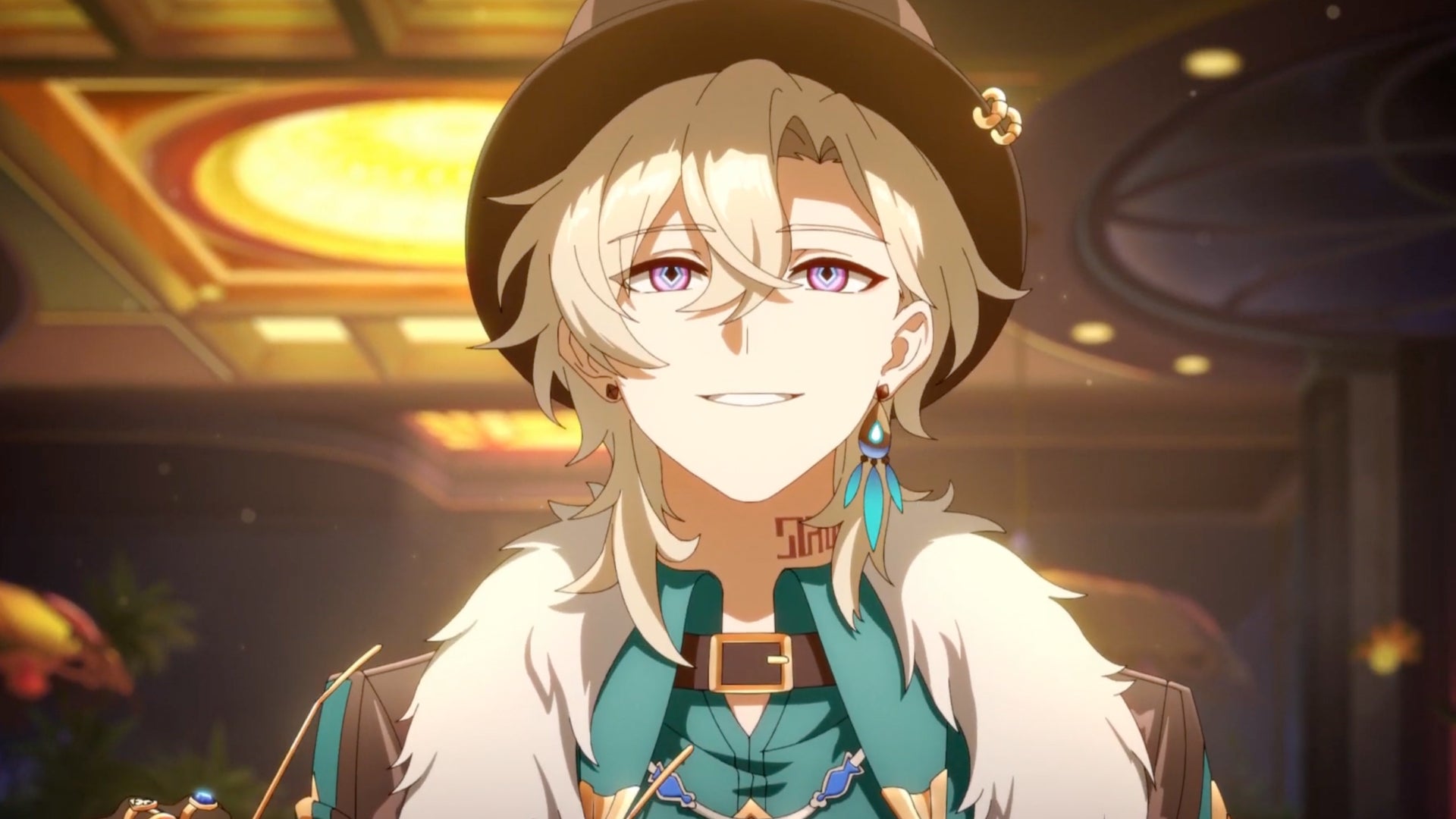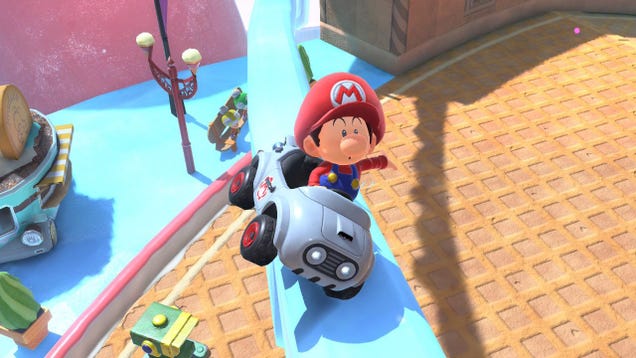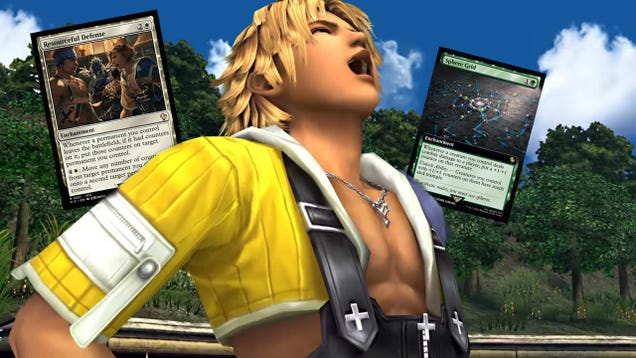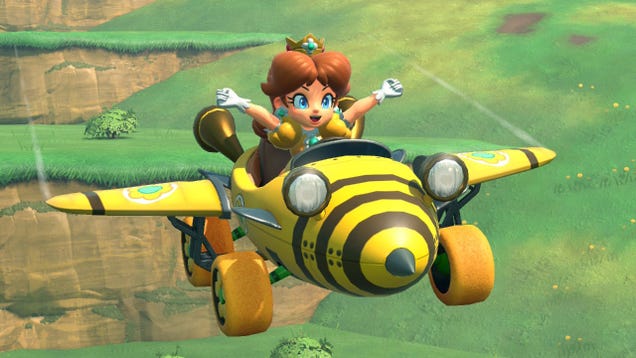Honkai: Star Rail’s Future is Bright, Says Lead Designer
Hop Aboard the Astral Express! Honkai: Star Rail’s Lead Designer Spills the Space Beans
Ever wonder how a game goes from a cool idea to a global phenomenon? Especially one that sends you hurtling through space on a rad train? Well, buckle up, Trailblazers, because we got to chat with Chengnan An, the Lead Game Designer behind the massively popular Honkai: Star Rail. You know, the game that racked up millions of downloads in just a few days after its 2023 launch and has been swimming in cash ever since. While many folks jumped on the Astral Express train coming from Genshin Impact, the Honkai universe has been kicking around way longer than you might think.
We’re talking way back to 2011 with a little mobile game called FlyMe2TheMoon. miHoYo, the studio behind it, has exploded since then, and Chengnan An has been part of the journey for ages, joining up for Honkai Impact 3rd before taking the lead on Star Rail. He’s seen it all and has some seriously cool insights into why Star Rail blew up internationally and what the future holds for our favorite space fantasy RPG.
From Combat King to Space Cowboy: An’s Honkai Journey
An started his Honkai adventure on the Honkai Impact 3rd team, focusing purely on making the combat feel absolutely epic. He was all about pushing the boundaries and making those action sequences sing. “Seeing players enjoy the combat we designed was incredibly rewarding,” he told us, highlighting how that experience still shapes his approach today.
Fast forward to 2019, and An transitioned to leading the charge on Honkai: Star Rail. This was a huge shift, moving beyond just the nitty-gritty of combat to a bird’s-eye view of the entire game. The big question on their minds? How could they build on their action roots but explore something totally new? Turns out, a bunch of the team, including An, were huge fans of turn-based games. And that’s where the magic happened – they decided to mash up their action game know-how with the strategic depth of turn-based combat.
“That’s how Honkai: Star Rail came to be,” An explained, calling it a natural evolution for both the series and the devs. He stressed that the core Honkai DNA is still totally there: awesome storytelling, characters you actually care about, and combat that’s just plain fun. It’s just presented in a shiny new, space-fantasy package.
Building a Galactic Adventure: The Genesis of Star Rail
So, why a third Honkai game, and why space? An mentioned that each HoYoverse game is developed by its own dedicated team. However, they definitely benefit from all the lessons learned on previous titles – things like their technical pipelines, development processes, churning out killer content, and making sure it translates well globally. This experience was super important for getting Star Rail off the ground.
But the real spark for Star Rail was diving headfirst into a science-fiction concept. The idea of an “interstellar journey” was a first for HoYoverse, offering players a massive adventure across unique planets with a crew of quirky companions. Then, they layered on fantasy and mythological elements – think Aeons and Stellaron – to build a sprawling, sometimes fatalistic, narrative.
From Brainstorm to Battles: The Evolution of Combat
Developing a game, especially one as ambitious as Star Rail, involves a ton of changes along the way. An pointed to the combat system as something that went through a serious glow-up during development. They experimented with a bunch of mechanics, refined some, and straight-up trashed others before landing on what we play today.
A classic example he brought up at GDC was the early idea for “Weakness Break QTE.” Initially, breaking an enemy’s weakness meant you’d manually choose your next move – attack, heal, support, whatever. Sounded good on paper, right? But in practice, it totally bogged down the combat flow.
So, they tweaked it. Instead of demanding manual input every single time, they brought in automatic triggers. This led to the sweet “Follow-Up Attacks” we have now, where skills pop off based on different conditions. Think Herta automatically spinning when an enemy’s health dips below 50%, rather than waiting for you to break their weakness.
And the best part? These follow-ups can chain together! Imagine Herta’s attack dropping an enemy below half health, which triggers her follow-up. That, in turn, breaks another weakness somewhere else, setting off Himeko’s follow-up. One simple action suddenly triggers a powerful sequence. This shift made combat way more dynamic, intuitive, and rewarding, keeping battles engaging while allowing for some seriously deep strategic plays. An says this is just one of many examples of how the system evolved over time.
Why Star Rail Hit Different: Cracking the Global Code
Star Rail is the third game, sure, but it’s the one that utterly took off internationally. An admitted it was a little unexpected, but absolutely rewarding. He thinks part of the magic is how easy it is to pick up while still offering a ton of depth. The space fantasy setting and turn-based combat were a breath of fresh air, but crucially, they still felt like Honkai.
Beyond the gameplay, An feels there’s something special about how players connect with the characters and the story. They worked hard to blend humor, emotion, and adventure, and it’s incredibly humbling to see that resonate with players. Of course, the high-quality visuals, being available on multiple platforms from the get-go (PC, mobile, PS5), and a super passionate development team also played a big part.
Planning the Cosmos: Storytelling on a Galactic Scale
Ever wonder how far ahead the Star Rail team plans the story? An revealed they’ve got things mapped out at least a year in advance, including brand new planets and the narratives they want to unfold. He emphasized that Honkai: Star Rail has been a passion project for about five years now, a massive undertaking driven by the goal of redefining RPGs for a wider audience.
They’re currently deep diving into Amphoreus, a world they’ve poured a ton of attention into. Versions 3.0 to 3.7 will all focus on this planet, a huge eight-version story arc! Outside of the main “Trailblaze Mission,” the “Adventure Missions” are way more than just side quests. They offer different perspectives on each world, its inhabitants, and their lives. Take Amphoreus, for example, which used to






